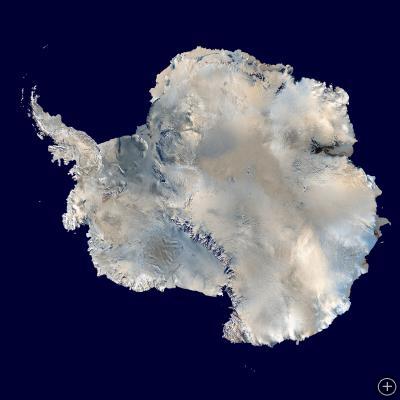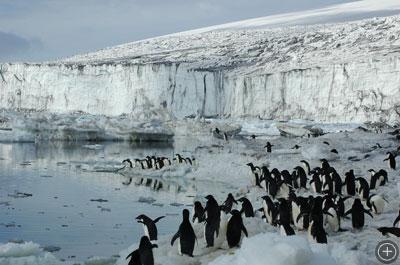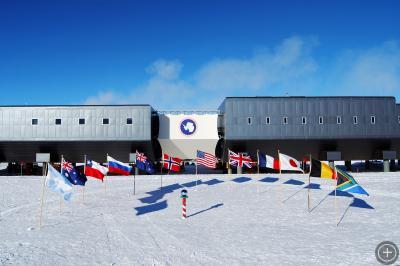About Antarctica
The only continent without any countries or government, wind-swept Antarctica is a land of superlatives; it’s the coldest, driest, and highest place on earth. Antarctica owes its high average altitude to the two-mile thick ice sheet that covers 98% of the continent.
Surrounded by the Southern Ocean, most of Antarctica lies south of the Antarctic Circle, which means that there’s 24 hours of daylight during the summer and 24 hours of darkness in winter. Antarctica has no official time zones. Clocks there are set to match the time at the most convenient supply station.
The continent of Antarctica is home to penguins, seals, sea birds, mosses, lichen, and algae. Although it’s forty percent larger than the United States, Antarctica has a permanent human population of zero. A temporary population of thousands consists mainly of support personnel, technicians, and research scientists including biologists, geologists, meteorologists, and astronomers.
No one country owns Antarctica. It’s governed by an international Antarctic Treaty, enacted in 1961, which promotes scientific activity and prohibits mineral mining and military actions.












